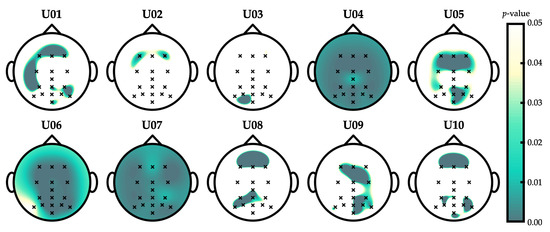Figure 5 of the original paper contains errors [1]. However, the issue has no direct consequence on the manuscript, since the discussion and conclusions were made according to the corrected figure, which is shown below:

Figure 5.
Wilcoxon signed-rank test p-values that show significant differences (i.e., from 0 to 0.05) between control and non-control SampEn features in the optimization dataset. Hyperparameters were fixed to their optimal values. Note that p-values were adjusted using the Benjamini–Hochberg False Discovery Rate (FDR) step-up procedure.
References
- Martínez-Cagigal, V.; Santamaría-Vázquez, E.; Hornero, R. Asynchronous Control of P300-Based Brain–Computer Interfaces Using Sample Entropy. Entropy 2019, 21, 230. [Google Scholar] [CrossRef]
© 2020 by the authors. Licensee MDPI, Basel, Switzerland. This article is an open access article distributed under the terms and conditions of the Creative Commons Attribution (CC BY) license (http://creativecommons.org/licenses/by/4.0/).